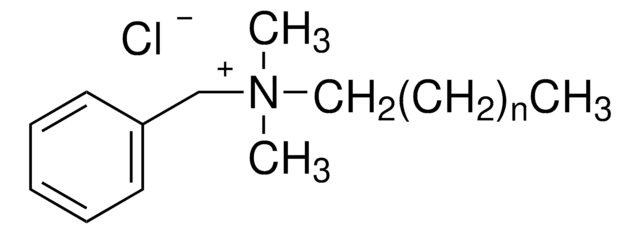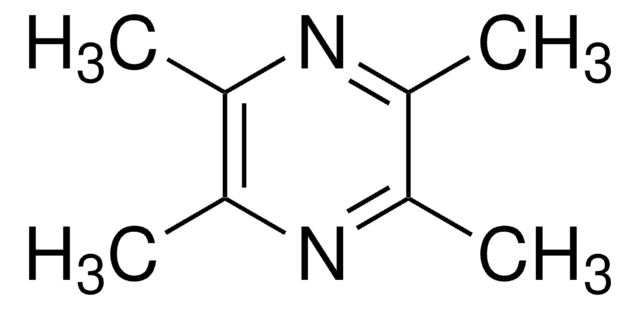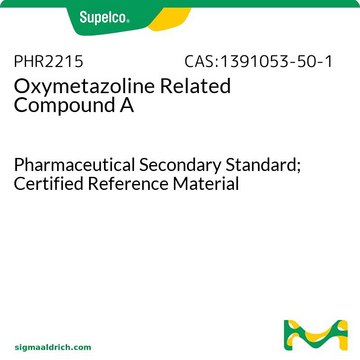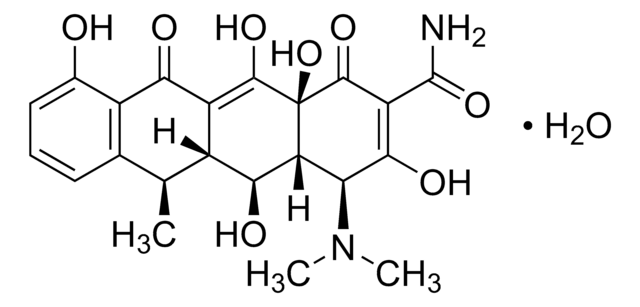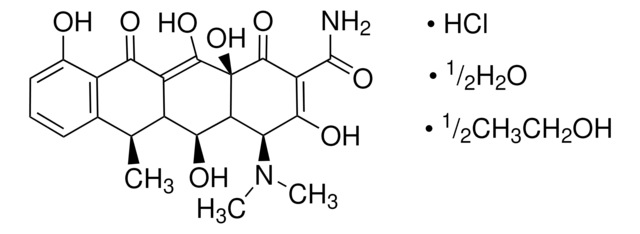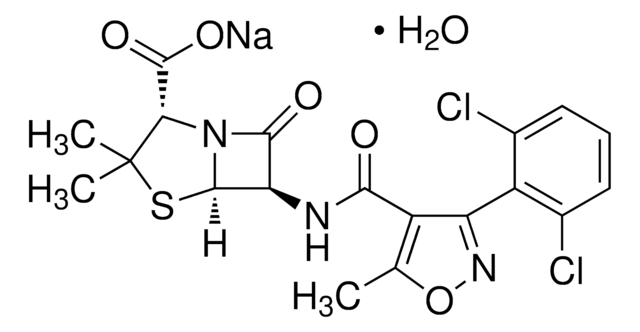HUMANPBMC-0002175
Frozen Human Type 2 Diabetes PBMC
human peripheral blood (mononuclear cells)
Synonym(s):
Immune Cells, Peripheral Blood Mononuclear Cells, T2D PBMC, Type 2 Diabetes PBMC
About This Item
Recommended Products
Product Name
Frozen Human Type 2 Diabetes PBMC, 100 Million Cells/per vial
biological source
human peripheral blood (mononuclear cells)
Quality Level
form
frozen liquid
packaging
vial of 100 Million cells
manufacturer/tradename
BioIVT
technique(s)
cell culture | mammalian: suitable
color
cloudy
storage temp.
-140 to -196°C
1 of 4
This Item | 1226003 | 1189009 | 1134335 |
|---|---|---|---|
| grade pharmaceutical primary standard | grade pharmaceutical primary standard | grade pharmaceutical primary standard | grade pharmaceutical primary standard |
| manufacturer/tradename USP | manufacturer/tradename USP | manufacturer/tradename USP | manufacturer/tradename USP |
| format neat | format neat | format neat | format neat |
| application(s) pharmaceutical (small molecule) | application(s) pharmaceutical (small molecule) | application(s) pharmaceutical (small molecule) | application(s) pharmaceutical (small molecule) |
| API family doxycycline | API family doxycycline | API family dicloxacillin | API family ciprofloxacin |
| storage temp. −20°C | storage temp. 2-8°C | storage temp. - | storage temp. - |
General description
We are pleased to offer these products from BioIVT.
Offering isolated Peripheral Blood Mononuclear Cells (PBMCs) from whole blood procured from IRB-consented donors with clinically defined Type 2 Diabetes.Peripheral Blood Mononuclear Cells (PBMCs) are a subset of leukocytes (or White Blood Cell, WBC), which are integral components of the body’s immune system that fight disease.
PBMCs consist of a mixture of lymphocytes (T cells, B cells, and NK cells) and monocytes and are isolated from peripheral whole blood via density gradient centrifugation and red blood cell lysis.
Standard and custom clinical data collection and confirmation ensures proper corresponding disease severity and treatment history.Included Diagnoses: Type 2 Diabetes
Clinical data may include: Medication (current and historical), Disease severity, HbA1c results, Cholesterol levels, Standard blood chemistry results, Glucose results, Presence of diabetic complications
PBMCs are provided with clinical data that has been collected following a strict and standardized clinical data process. All specimens are reviewed for IRB approval.
Packaging
Other Notes
Disclaimer
Signal Word
Warning
Hazard Statements
Precautionary Statements
Hazard Classifications
Eye Irrit. 2 - Met. Corr. 1 - Skin Irrit. 2
Storage Class Code
8B - Non-combustible corrosive hazardous materials
WGK
WGK 3
Flash Point(F)
Not applicable
Flash Point(C)
Not applicable
Choose from one of the most recent versions:
Certificates of Analysis (COA)
It looks like we've run into a problem, but you can still download Certificates of Analysis from our Documents section.
If you need assistance, please contact Customer Support
Already Own This Product?
Find documentation for the products that you have recently purchased in the Document Library.
Our team of scientists has experience in all areas of research including Life Science, Material Science, Chemical Synthesis, Chromatography, Analytical and many others.
Contact Technical Service